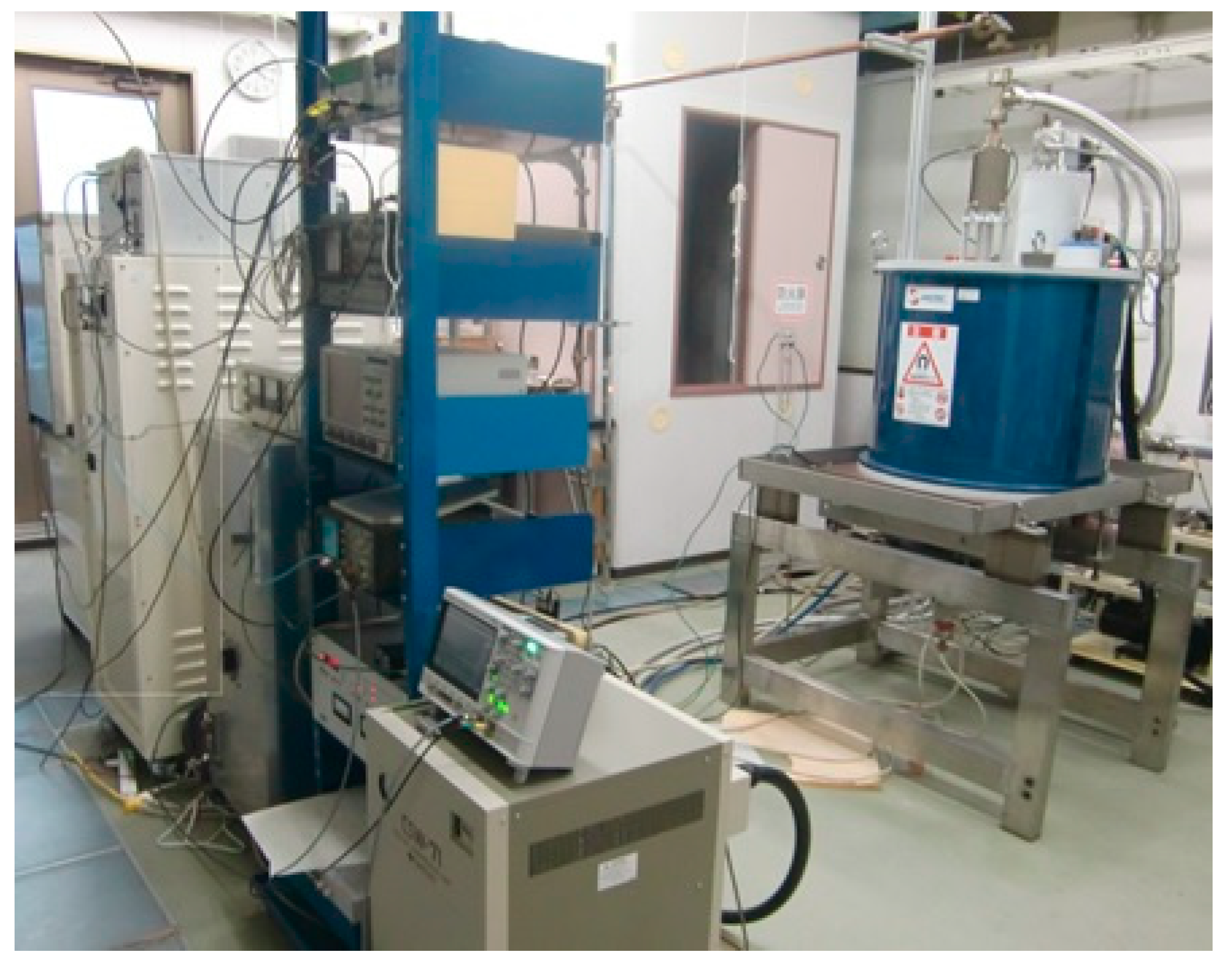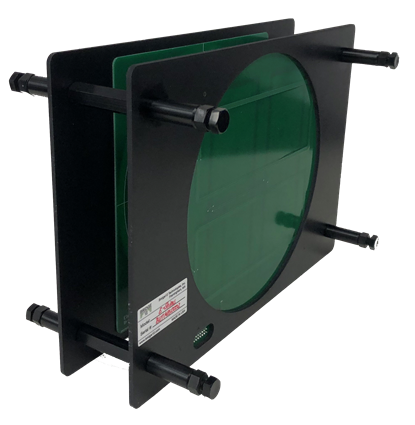

Also, the ENDOR frequencies of the various nuclei will be separated better and better at higher and higher frequencies. HF-EPR spectra usually are dominated by the anisotropic Zeeman interaction and facilitate orientation selection by adjusting the magnetic field at “canonical positions”. This problem can be alleviated by increasing the microwave frequency and magnetic field. This is because the spectral features corresponding to the canonical orientations are not well resolved. Orientation Selection and Spectral Resolution in Double Resonance Experiments: Paramagnetic species, of which the EPR spectra, e.g., at X-band, are dominated by hyperfine interactions, are often difficult to study using electron-nuclear double resonance (ENDOR). Therefore, in particular, high-spin transition-metal complexes are successfully studied using multi-high-frequency EPR. This will result in greatly simplified “first-order” EPR spectra in which the zero-field interaction can be treated as a perturbation that shows up as a splitting pattern. Higher and higher frequencies eventually will create a situation where the electron Zeeman interaction will dominate over the zero-field splitting. For integer spin systems, these transitions may even be “spin forbidden”, which makes the paramagnetic species “EPR silent”. For half-integer spin systems, this situation results in very complicated EPR spectra, which are spread over a large field range. Study of High-Spin (EPR “Silent”) Species: In high-spin systems with a substantial zero-field interaction studied at 9 or 35 GHz, often only a limited number of EPR transitions are within reach of the microwave quantum. In particular, the study of spin label dynamics intensely benefits from the multi-high-frequency approach, since here, also the geometrical factors are accessible in the analysis.
#Bruker epr cryofree full#
A multi-frequency study will enable a full characterization of the kinetic and thermodynamic parameters of such a dynamic process. Dynamics of which the spectral effect can be characterized as “fast exchange”, when studied at low frequency, will change their regime to “slow exchange” when studied at high frequency. Study of Motional Dynamics: When the movement of paramagnetic species induces spectral changes proportional to the external magnetic field, the dynamics of these movements can be studied best at progressively increasing magnetic fields. In practice, however, it often proves difficult to approach these theoretical limits. The concentration sensitivity (sample volume scales with cavity volume) should theoretically increase proportionally to ω 1/2.

For non-lossy, non-saturating samples, the absolute sensitivity theoretically increases proportional to ω 7/2 at constant incident power. Consequently, for constant (small) sample size, going to higher frequencies will increase the filling factor of the cavity very rapidly. Higher (Absolute) Sensitivity: As long as it is possible to use single-mode resonators, the cavity volume will scale down with increasing frequency. Therefore, radical EPR applications benefit particularly from going to higher fields.

For radicals in solution and solid state, in general, the line width is dominated by residual hyperfine interaction, which is field independent. In fact, the increased line width may wipe out hyperfine structures, thus deteriorating the overall spectral resolution. Metalloproteins, in which the line width is dominated by g-strain, do not show any improvement in g-resolution at higher magnetic fields. One can only benefit from this effect, however, when the line widths in the EPR spectrum are “field independent”. Increased g-resolution: As in nuclear magnetic resonance (NMR), the spectral resolution of the Zeeman interaction is proportional to the applied field andįrequency. The motivation to develop these instruments is usually driven by one of the following experimental requirements. We will (somewhat arbitrarily) define EPR spectrometers operating with frequencies starting from 90 GHz and magnetic fields around 3 T and upwards as “high-frequency high-field (HF)-EPR spectrometers”. The microwave bridge in these instruments typically uses technology deviating from the traditional waveguides and coaxial lines, and the magnetic field is generated using superconducting magnets. In the last few decades, an increasing number of electron paramagnetic resonance (EPR) spectrometers have been developed employing microwave frequencies significantly higher then the “conventional” X- and Q-band range (i.e., 9 and 35 GHz).


 0 kommentar(er)
0 kommentar(er)
